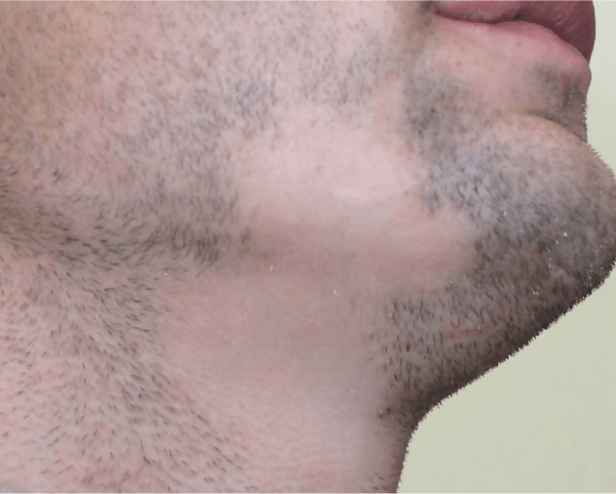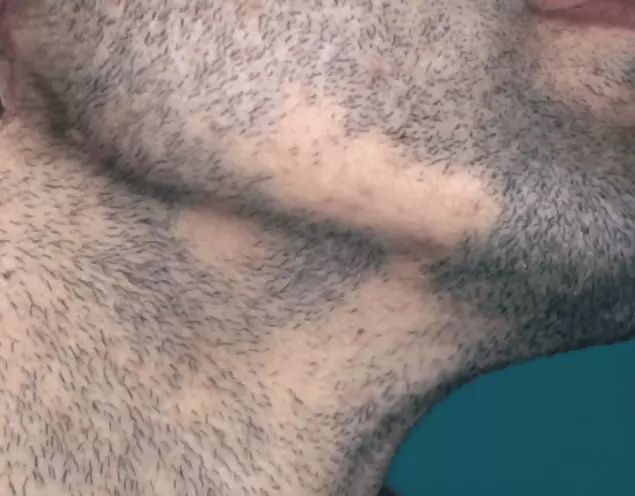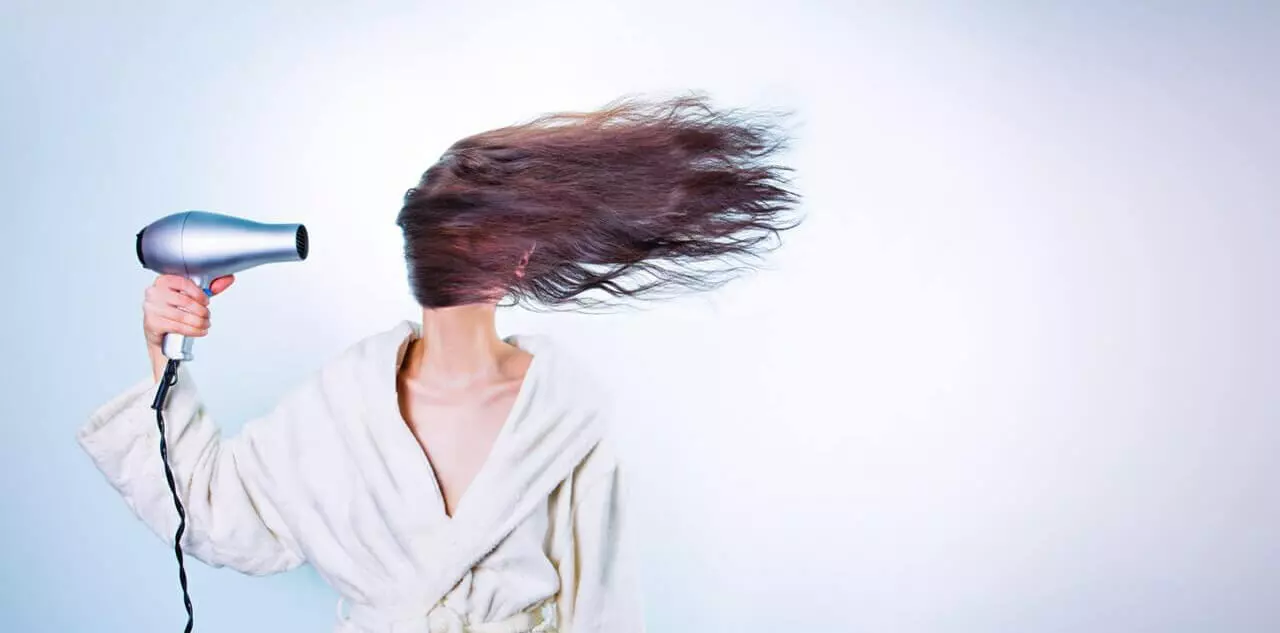There’s been some buzz online about how garlic can help to treat and reverse the effects of alopecia areata, the accessibility and promising claims of this treatment are definitely appealing. However, there seems to be some misinformation regarding how to go about creating and applying this treatment at home. So in this article, I’d like to review the condition and the methods used in the original study to treat alopecia areata with garlic extract so that we can better understand the science & and closely recreate the treatment at home.
What is Alopecia Areata?
Simply put, it is an autoimmune disease that causes your system to mistakenly attack your hair follicles. The follicles become smaller and stop producing hair, leading to hair loss. Typically your immune system defends your body against foreign invaders such as viruses, but if you have alopecia areata your immune system sees your hair follicles as invaders and attacks them, ultimately leading to hair loss.
Researchers don’t know the exact cause of this condition, but they do know that people with this condition are otherwise healthy.
How Can Garlic Help with Alopecia Areata?
There are many health care claims associated with garlic due to vitamins C, B 6, manganese, and selenium, all of which can promote healthy hair. These vitamins, along with its anti-bacterial and anti-inflammatory properties, make garlic a powerful natural remedy for a wide variety of health conditions.
While all of these benefits sound great, it’s not what the scientists were particularly interested in. Both a 2007 study and a 2009 study on garlic extract for hair growth stated that the main component in garlic cloves that researchers were interested in is allicin. This is the compound with therapeutic properties for hair loss, and it is produced when garlic is crushed. Allicin helps to promote circulation and blood flow on the scalp to stimulate the hair follicles and potentially restart the hair growth process.
In both studies participants saw substantial results in the regrowth of hair on bald patches when the garlic extract was applied topically twice a day to the affected areas. Results in both cases took about 2 months to be considered ‘significant regrowth’ and there were minimal negative side effects, aside from rare cases of skin sensitivity. The 2007 study applied a gel with 5% garlic extract, while it seems the 2009 study applied the extract straight to the scalp or affected areas, causing more cases of skin irritation.


Online there are lots of DIY Garlic Remedies for hair loss, I have seen 2 flaws with the information online, and they are as follows:
- Proposing that you cut a garlic clove in half and rub the sliced half onto the bald patches of skin. This method does not release the compound allicin and can irritate your skin.
- Chopping or crushing garlic, adding it to oils and applying the infused oil onto your skin. Although this method has potential to release the compound allicin, the carrier oil method is problematic as it may inhibit the absorption of the allicin. Adding an oil, in theory, sounds like a good idea as it may hydrate & protect the skin from irritation, however, oil can also act as a barrier when used in high concentrations, trapping the allicin and not allowing it to absorb into the skin.
How to Make your own Garlic Extract Solution
If you wish to create a solution for use at home then I suggest closely following the method from the 2007 study, in which researchers created a 5% garlic extract gel. This gel contained garlic extract, water, glycerin & preservatives. Since it’s not likely that you will be able to get your hands on the same preservatives, I suggest making the solution in small batches. This recipe is diluted and includes glycerin which is a very popular skin conditioner, this will ensure your skin stays hydrated and protected while still allowing the extract to be absorbed.
You will need:
- 2-4 Garlic Cloves
- A Garlic Crusher
- Cheesecloth
- Vegetable glycerin
- Distilled Water
- A small container or jar
Recipe:
- 1 tsp of garlic extract (juice)
- 1 TBSP of vegetable glycerin
- 2 TBSP of distilled water
Directions:
- Start by laying the cheesecloth over a bowl and crushing the garlic cloves over the cloth
- Once all the garlic is crushed, squeeze all the ‘juice’ out of the garlic and into the bowl by pushing the liquid out through the cheesecloth
- Add all the ingredients to a jar, combine well, and apply twice a day
This recipe is merely a guideline and contains roughly 10% garlic extract, so feel free to add more water or glycerin to suit your consistency or potency preferences! Use solution within 1 week.
Comment below to let us know how your homemade garlic extract turned out! If there is a topic we have no cover and you would like to learn more about it contact us and let us know!




